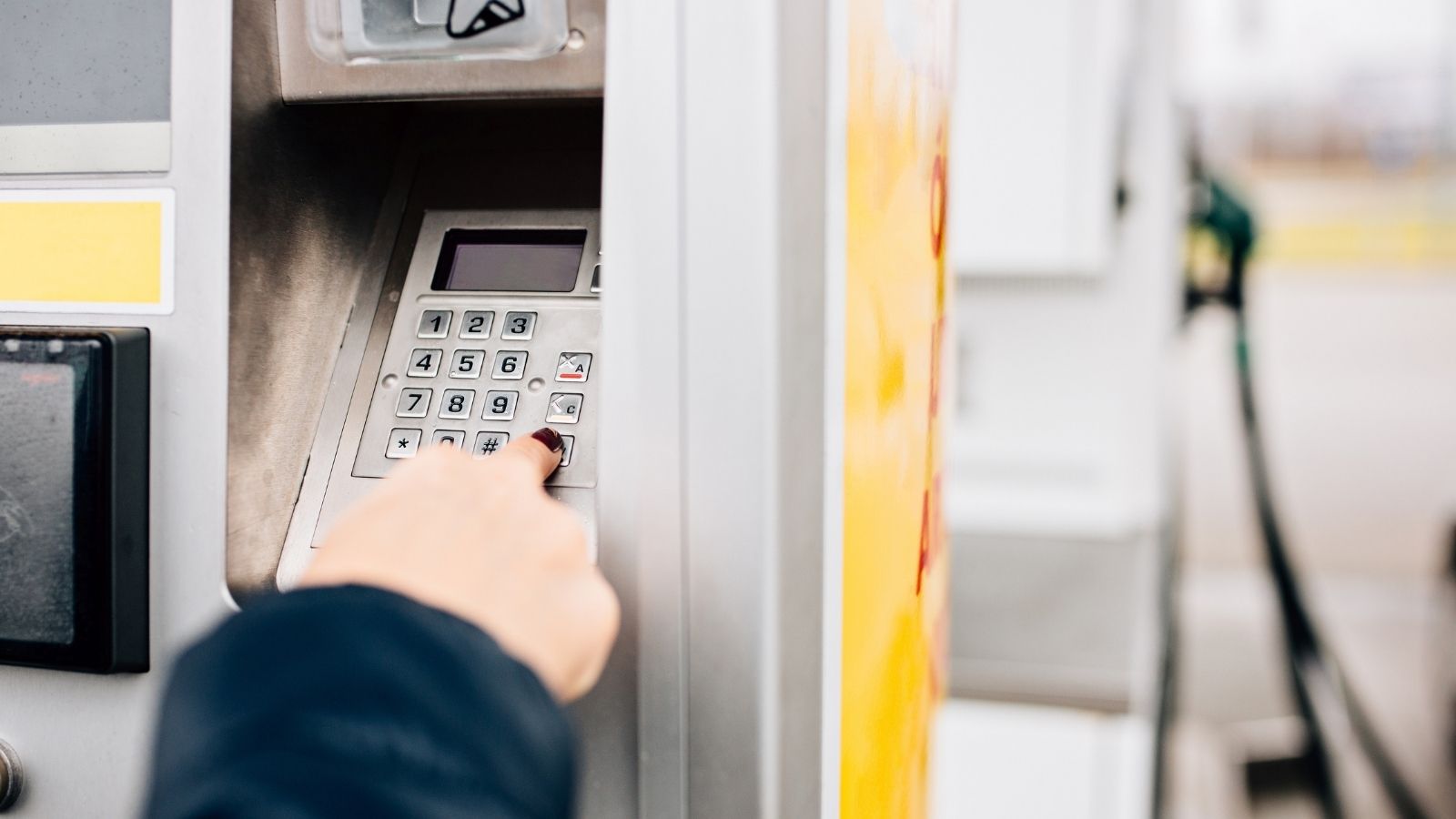A lot of the time, the security of your fuel cards is an immense worry. It may be challenging to maintain fuel card security for your fleet, with fraud and theft becoming increasingly common. Continue reading to find out what we recommend as best practice and top tips for maintaining fuel card security in your fleet.
Fuel Card Best Practices for Fleet Managers
1. Carefully and frequently monitor your fleet’s fuel transactions.
The surest approach to safeguard your fleet against fraud when using fuel cards is to constantly monitor fuel transactions, which can be readily available using our online management system reports. You can check for fuel card behaviour in these reports that are questionable or outside your drivers’ restrictions.
2. Make sure FuelCards.com (or your fuel provider) has the most up-to-date fuel IDs allocated to customers.
You can correctly monitor and report your drivers’ fuel card activity by ensuring that your fuel provider has the most up-to-date customer-assigned fuel IDs on file.
3. Reviewing and modifying fuel card limitations regularly
Make sure your fuel limitations are adjusted to your preferred levels as fuel costs rise. You can consider decreasing your restrictions if you have drivers that frequently spend well below the limits to reduce the risk of fraud. You may also utilise exception reports to see whether your regulations need to be modified.
4. Keeping extra fuel cards to a minimum and keeping them safely
You can reduce the danger of spare fuel cards being compromised by limiting the number of spare fuel cards. If you do have extra gasoline cards, make sure you keep them in a safe, secured place.
5. Cancelling fuel cards as soon as a driver leaves the company or the vehicle is sold or disposed of.
It is critical to deactivate fuel cards immediately upon the termination of an employee or the sale of a fleet vehicle to guarantee that your fleet’s fuel cards are only used for drivers and cars inside your fleet.
Fuel Card Best Practices for Fleet Drivers
1. Keeping their gasoline card in a safe location rather than in their vehicle.
Fuel cards should always be kept in a secure position outside the vehicle.
2. Confidentiality of their driver ID and fuel PIN
Do not disclose your Driver ID/PIN with anybody, and drivers should never write down their Driver ID/PIN on their fuel card, just as we are all advised not to write down our computer passwords.
3. Using the fuel pumps that are nearest to the workers at the gas station.
Credit card fraud is less likely to be committed near the fuel station attendant as the pumps that are not visible to the attendant are more likely to be tampered with since they are easier targets.
4. Examining the card reader on the pump, which should be a solid portion of the casing.
A fuel pump’s card reader should be tightly connected to the pump’s casing, whereas fake card readers can be readily removed. Ensure that the card reader is securely attached to the pump and that it matches the appearance of the other card readers at the station. If you’re in doubt, fill up at a different fuel station.
If you have recently invested in company cars, why not enquire about fuel cards to make your fleet run more smoothly? Fuelcards.com are a leading fuel card supplier in the UK and Ireland and help many business fleets. Get in touch today to see what we can do for your business.


